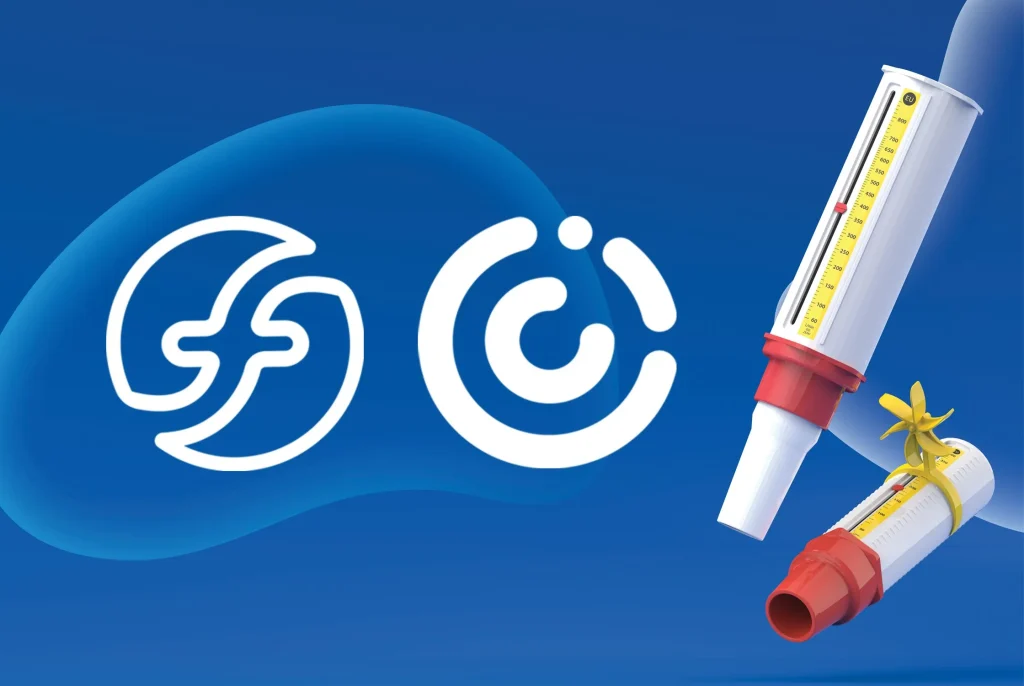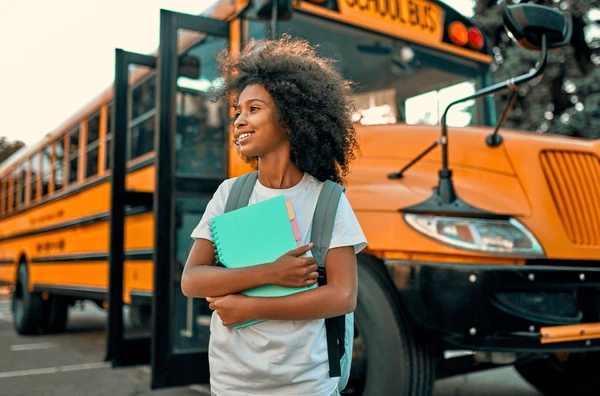JAKARTA, incaschool.sch.id – In an age of rapid information exchange, integrating news into academic study has become increasingly vital for fostering critical thinking and real-world understanding among students. This approach not only enhances the educational experience but also prepares students to engage meaningfully with contemporary issues. This article explores the significance of news integration in academic settings, its benefits, and effective strategies for implementation.
The Importance of News Integration in Education

- Relevance to Current Events
Integrating news into academic curricula helps students connect theoretical knowledge with real-world events. By examining current issues through the lens of their studies, students can see the practical applications of their learning, making education more relevant and engaging. - Critical Thinking Development
Analyzing news articles encourages students to think critically about the information presented. They learn to evaluate sources, discern bias, and consider multiple perspectives. This skill set is essential for navigating today’s complex media landscape and for becoming informed citizens. - Enhanced Engagement
Students are often more motivated to learn when the material is connected to current events that resonate with their lives. News integration can spark discussions, debates, and projects, fostering a dynamic classroom environment where students feel invested in their learning. - Interdisciplinary Learning
News stories often intersect multiple disciplines, allowing for interdisciplinary exploration. For example, a news piece about climate change can incorporate elements of science, politics, economics, and ethics, providing a holistic understanding of the issue.
Benefits of News Integration
- Improved Retention of Information
When students relate academic concepts to real-world scenarios, they are more likely to retain information. The connection between theory and practice reinforces learning and helps students remember key concepts longer. - Preparation for Future Careers
Many professions require individuals to stay informed about current events and issues. By integrating news into academic study, educators prepare students for the demands of the workforce, equipping them with the skills to analyze and respond to real-world challenges. - Fostering Civic Awareness
Engaging with news helps students develop a sense of civic responsibility. They become more aware of societal issues and are encouraged to think about their roles as active participants in their communities and the world.
Effective Strategies for Integrating News into Academic Study
- Curated News Sources
Educators can curate a list of reputable news sources that align with their curriculum. Providing students with access to high-quality journalism ensures they are engaging with credible information. - Weekly News Discussions
Implementing weekly discussions where students share and analyze current news articles can foster a culture of inquiry. These discussions can focus on how the news relates to course material, encouraging students to draw connections between theory and practice. - Project-Based Learning
Assigning projects that require students to research and present on current events can deepen their understanding of specific topics. For example, a project could involve investigating the implications of a recent policy change in their field of study. - Guest Speakers and Panels
Inviting journalists, experts, or community leaders to speak about current issues can provide students with firsthand insights. These interactions can enrich the learning experience and inspire students to engage with the topics discussed. - Utilizing Technology
Leveraging technology, such as social media platforms or news aggregation apps, can help students stay informed. Educators can encourage students to follow relevant inca berita outlets and engage with content that sparks their interest.
Challenges and Considerations
- Information Overload
The vast amount of news available can be overwhelming for students. Educators should guide students in selecting relevant and credible sources to avoid confusion and misinformation. - Bias and Perspective
News articles can reflect bias based on the outlet’s perspective. Teaching students to critically analyze sources and recognize bias is essential for developing their analytical skills. - Balancing Academic Rigor with Current Events
While integrating news is beneficial, educators must ensure that academic rigor is maintained. The integration should complement the curriculum rather than detract from foundational learning objectives.
Conclusion: Bridging the Gap Between Academia and the Real World
Integrating news into academic study is a powerful way to bridge the gap between theoretical knowledge and real-world issues. By fostering critical thinking, enhancing engagement, and preparing students for future challenges, news integration enriches the educational experience.
As educators embrace this approach, they contribute to the development of informed, responsible citizens who are equipped to navigate and influence the world around them. In a rapidly changing society, the ability to connect academic study with current events is more important than ever, ensuring that students are not only learners but also active participants in addressing the pressing issues of our time.
Read also about Coconuts to explore their hydrating water, nutrient-rich meat, and diverse uses in food, beauty, and traditional remedies across tropical cultures.


